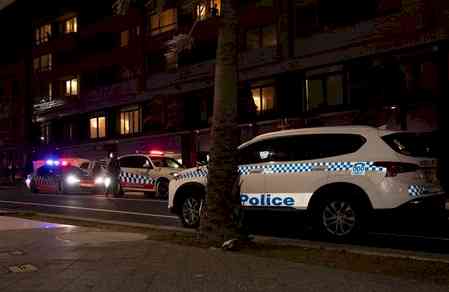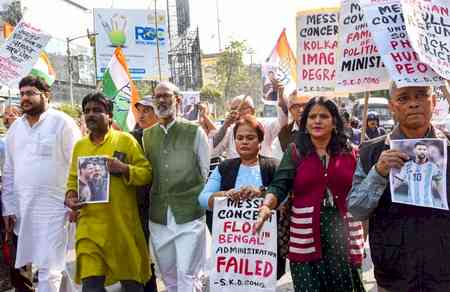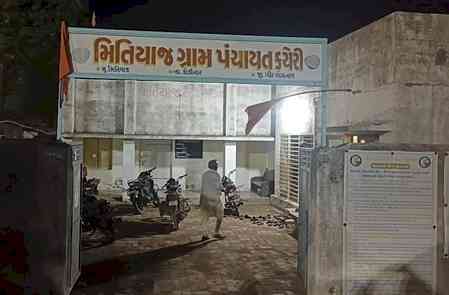Is your child suffering from severe headaches and dysfunctional motor skills, it can be a sign of Childhood Leukaemia

by Dr. Divyesh Patel, Consultant - Haemato Oncologist & BMT Physician, HCG Cancer Centre Vadodara
The most treasured stage of our lives is childhood. The experiences we have as children leave a lasting influence on how secure, healthy, and pleasant our adult lives will be. Parents want their children to live happy, healthy lives, but sadly, cancer has no age boundaries and can affect anyone at a very young age.
The most common form of cancer, which is frequently observed in children and teenagers is childhood leukaemia, also known as cancer of the white blood cells. This condition results in the formation of abnormal white blood cells in the bone marrow, which are quickly carried into the bloodstream. These white blood cells later invade healthy tissues, leading to a number of infections and eventually cancer.
Causes of Leukaemia in Children
Leukaemia in children has no recognized causes. It frequently results from inherited genetic diseases and children who have a sibling with leukaemia are also at a higher risk. During pregnancy, a mother's excessive exposure to radiations, carcinogens, and other pollutants can put her unborn child at risk for developing leukaemia. Children's chance of developing leukaemia is further increased by immunosuppressive medication and organ transplants.
Symptoms of Childhood Leukaemia
Some of the common signs and symptoms of Childhood Leukaemia are:
· Pale skin and extreme fatigue
· Recurrent infections
· Fever
· Easy bruising and bleeding
· Shortness of breath
· Coughing, and wheezing
· Swelling in the abdomen, face, arms, neck, groin, and collar bone
· Unintentional appetite loss
· Intense headaches and seizures
· Issues with balance and coordination,
· Changes in vision
· Sudden rashes on the skin
Diagnosis
Childhood Cancersare very rare in nature, and this is the main cause for the delay in diagnosis. If one notices any of the above signs and symptoms, it is important to consult a doctor immediately and they would perform a set of examinations and teststo diagnose the disease. The following tests are performed to diagnose leukaemia.
· Periodic blood tests to evaluate the different blood cell types.
· Magnetic fields are used in magnetic resonance imaging (MRI) to create fine-grained pictures of the body. A tumour’s size can be determined via an MRI. Before the scan, a specific dye called a contrast medium is administered to produce a clear image.
· An ultrasound is conducted to take pictures of the internal organs using sound waves.
· A computed tomography (CT or CAT) scan uses x-rays to create images of the interior of the body, to display anomalies or malignancies. A computer merges them into a detailed, three-dimensional image.
· Positron emission tomography (PET) or PET-CT scan is usually combined with a CT scan called a PET-CT scan.
· Bone marrow aspiration, a procedure to remove a sample of the liquid portion of bone marrow and bone marrow biopsy, a procedure to remove a small, solid piece of bone marrow will be performed, to assess the condition of the bone marrow
· A lumbar puncture, often known as a spinal tap, involves taking a sample of the cerebrospinal fluid (CSF) to search for cancerous cells or tumour markers.
Treatment for Childhood Leukaemia
Advanced treatments are utilized to treat Childhood leukaemia. Some of them are:
· Blood and Marrow Stem Cell Transplantation is one of the treatments, which involves replacing unhealthy blood-forming cells, which are immature cells that have the potential to develop into red blood cells, white blood cells, and platelets, with healthy ones.
· Targeted therapy, a form of cancer treatment that use medicines or other substances to locate and destroy specific bone marrow cancer cells.
· CAR (Chimeric Antigen Receptor) T-cell therapy is another option in which a patient's T cells (a type of immune cell) are modified in the lab to bind to and kill cancer cells.
Discuss in more detail with your doctor, to learn more about the condition and the entire treatment protocol.


 City Air News
City Air News 











